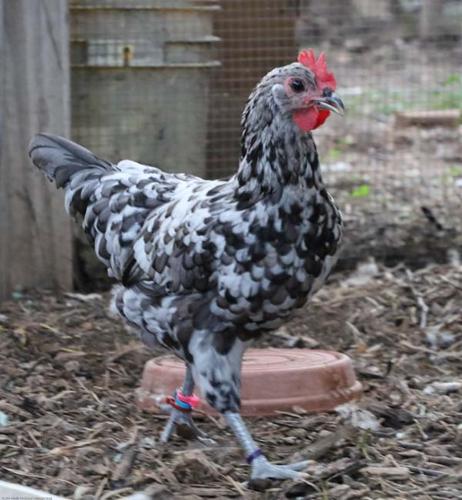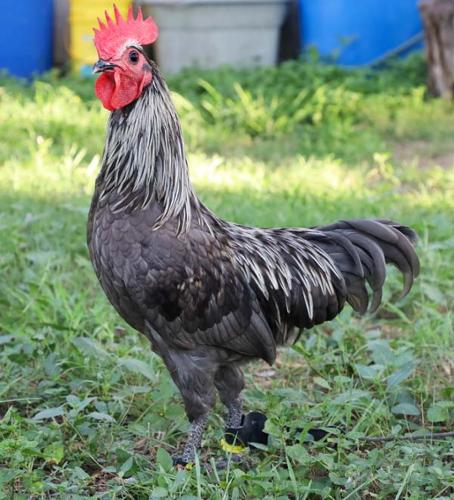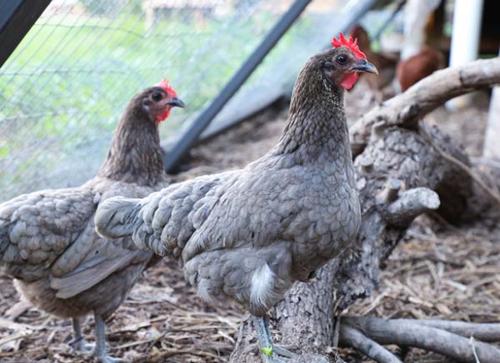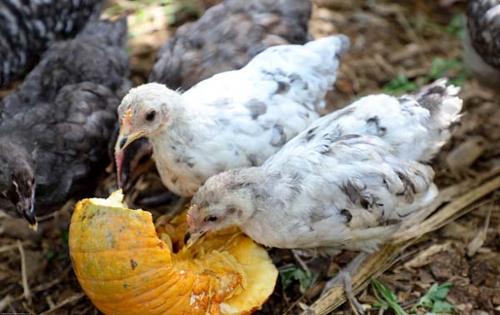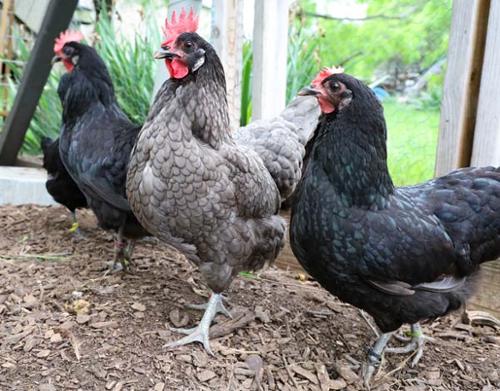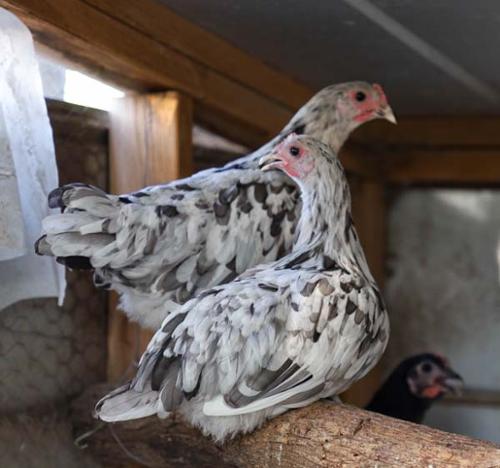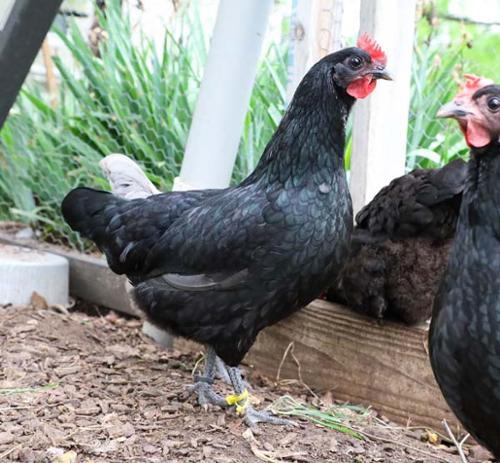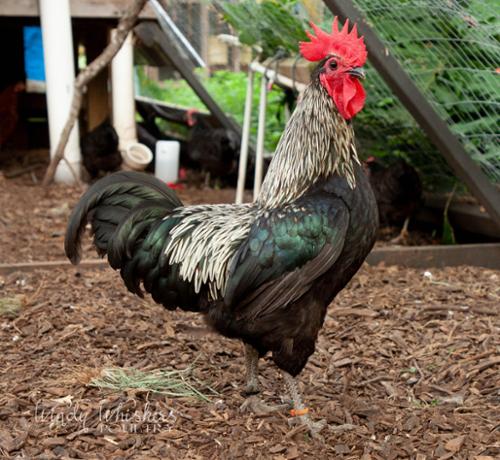Silverudds Blue
December 25, 2022

We get a lot of questions on our Silverudds Blue. This breed is the perfect backyard bird and lays a green egg, so there are a lot of people looking to add then to their flocks. But there are things to know about the breed, like there are first and second imports as well as the birds should be homozygous for the blue egg gene. I have found myself answering a lot of the same questions, so figured we could hopefully get them all answered in a blog post.
Green Fire Farms imported the first Silverudds Blue. At the time they were calls Isbars. They were a blue, black and splash breed and laid green eggs. There became issues with viability of the chicks due to a lot of breeding on a small genetic pool, so they imported a second line. The second imports were not the same type of the first, being larger, having lighter eyes and red leakage on the shoulders. The original birds were elegant and refined, had dark eyes, slate or willow legs and no leakage. Green Fire Farms bred these two lines together and did what most hatcheries do, they bred for quantity over quality.
I discovered the breed while I was hunting for a breed with less aggressive roosters. I was a new chicken owner and had some nasty boys that took all the fun out of having chickens. Typical of me, I did a lot of research on them as hatching eggs were not cheap. I learned about the two imports, the second imports not being the same type as the first and also the viability issues. I then decided I wanted pure first imports, would get two lines to cross and would deal with any viability issues as they came.
Our original stock came from Lisa Creekmur and Josh Cyboron. I get decent hatch rates with both breeders on shipped eggs and eagerly grew out the chicks. I noticed that Josh's birds were a little larger than Lisas, but other than that, they were both pretty much the same type. We made sure to put hens with a rooster from the other line and set up three pens. This is a blue, black and splash breed, so we set up a pen with each color as the rooster.
We have had three pens of Silverudds now for six to seven years. All birds are banded so we know who the father is and they go in a different pen than they came out of. This has allowed us to offer a wider genetic pool than most other breeders can offer. We also have made pairings to get beautifully colored birds. Our black rooster is over black hens and possibly a few blues. This pen will give black and blues. Our blue rooster is over splash hens. This gives blue and splash offspring. Because we are breeding the splash to blue, we get high contrast flashy splashes. They are everyone's favorite. The splash rooster is over blue and black hens and will give splash and blue.
Next year we are going to add two additional pens of Silverudds. We are no longer breeding Wheaten Marans, so their pens will now be devoted to more Silverudds. At this time not sure what the color of the roosters is going to be, will have to keep everyone updated.
The Silverudds should be homozygous for the blue eggs gene. That means it carries two copies of the blue shell gene. But the breed was never finished and a white shell gene has been floating around in the breed for years. I was informed by Lisa she found it in her birds. I have been fortunate enough to never have one here, but I know that heterozygous birds [single blue egg gene] is in my birds. Before the blood and feather test for the blue egg shell was available, we test bred our roosters and were pretty confident they were homozygous. With the testing now available, We have tested our birds and have three homozygous roosters over their respective pens.
We have tested every bird we hatched out this year and are building rebuilding pens. We have a blue rooster from this year we call Merlin, and his pen is all tested homozygous blue and black females. Our black rooster Diego has three homozygous and one heterozygous pullets from this year, and untested older birds. We chose to keep the genetics of the heterozygous bird until she can be replaced.
We are not testing our older birds. At $20/test it adds up. I do not feel a need to test birds I will be phasing out of the breeding pens over the next year or so. It is December 2022 and we have hatched at least 60 chicks with more on the way. Out of this group we will have birds from the homozygous pen. These will easily move into breeding pens as we remove birds that are untested. The rest will be tested and placed into pens until I have pens of homozygous birds.
When you purchase hatching eggs from us, they will come marked with the pen they came out of. We try to send eggs from all the pens so you get good genetic diversity in the offspring. Our main breeding roosters are homozygous, so birds should lay a green egg. If that is all you are interested in, you can hatch them all together. But if you are interested in breeding these birds, because not all pens are homozygous at this time, it is recommended that you hatch eggs from the same pen together and seperate from the others. I have a larger GQF incubator and use lingerie bags to keep them seperate. Any mesh type bag would work. You will want to keep them banded as they mature so you know what birds you will need to test if you want to work towards a pure homozygous flock. If you don't want to go through all that trouble, you can purchase eggs from a breeder with maybe a dozen or so birds. They will be homozygous, but your gene pool will be limited.
Our youngsters should be maturing March/April for the first ones hatched. We will keep everyone updated on the pens a we move to getting more of them homozygous. If you have any questions, please feel free to drop us a line. If you are not following our Facebook and Instagram pages, click the icons below. We like to share photos of our birds and our breeding often.
